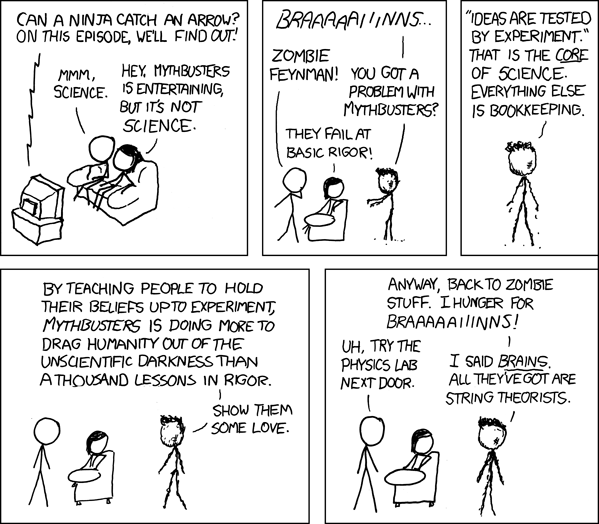Monday, November 2, 2015
Friday, September 25, 2015
Bacterial Myths (Microbiology)
One of the most important ideas in designing and interpreting results is experimental control.
4-can create a procedure to introduce an experiment control and state the reason for its implementation
3- can identify in a procedure experimental control and state the rational
2-can describe discuss define and experimental control from other experimental design elements
1- can identify an experimental control given various design elements
experimental control:
Stating known conditional variations to determine their effects on the experiment. The word control is used because the scientist is able to adjust these variables. They do not include unknown variable or those in the experiment which can not be controlled. Experimental controls are used intentionally. They are useful in evaluating the procedure and there effects. It is a common belief that the differences between things should drive variations in results. i.e. differences cause differences4-can create a procedure to introduce an experiment control and state the reason for its implementation
3- can identify in a procedure experimental control and state the rational
2-can describe discuss define and experimental control from other experimental design elements
1- can identify an experimental control given various design elements
Thursday, September 17, 2015
Mythbusters

http://imgs.xkcd.com/comics/unscientific.png
- The only way you to see if your beliefs hold true is to test them! ~Crane
Back to School Night!
Mythbusters:
Teacher: John-Fred Crane
Text: Cutnell and Johnson
Physics Principles and Problems
Online Resources
S2270 Science of Myth-Busters, Honors S 2.5 cr. Gr. 11-12
Prerequisite: Physics and Chemistry
What are Myth-Busters? It's a tough job separating truth from legend, but that is the purpose of the Honors Science of Myth-Busters. In this exciting class, students will do hands-on experiments that test popular scientific myths and detect what is real and what is fiction. Students will hypothesize and then perform precise tests to "Prove" or "Bust" myths. This class helps students understand how applying the scientific method to problem solving can be fun, exciting and really cool. Can an Opera singer (or a very loud pre-teen) really shatter glass by hitting just the right note? Is it really impossible for even the greatest Origami master to fold a piece of paper in half more than seven times? Could a child really be carried away by a bunch of helium balloons? We'll tackle these myths and more in Honors Science of Myth-Busters.
Objectives:
1. Ask questions (for science) and defining problems (for engineering)
2. Develop and using models
3. Plan and carry out investigations
4. Analyze and interpret data
5. Use mathematics and computational thinking
6. Construct explanations (for science) and designing solutions (for engineering)
7. Engaging in argument from evidence
8. Obtain, evaluate, and communicate information
Subscribe to:
Posts (Atom)